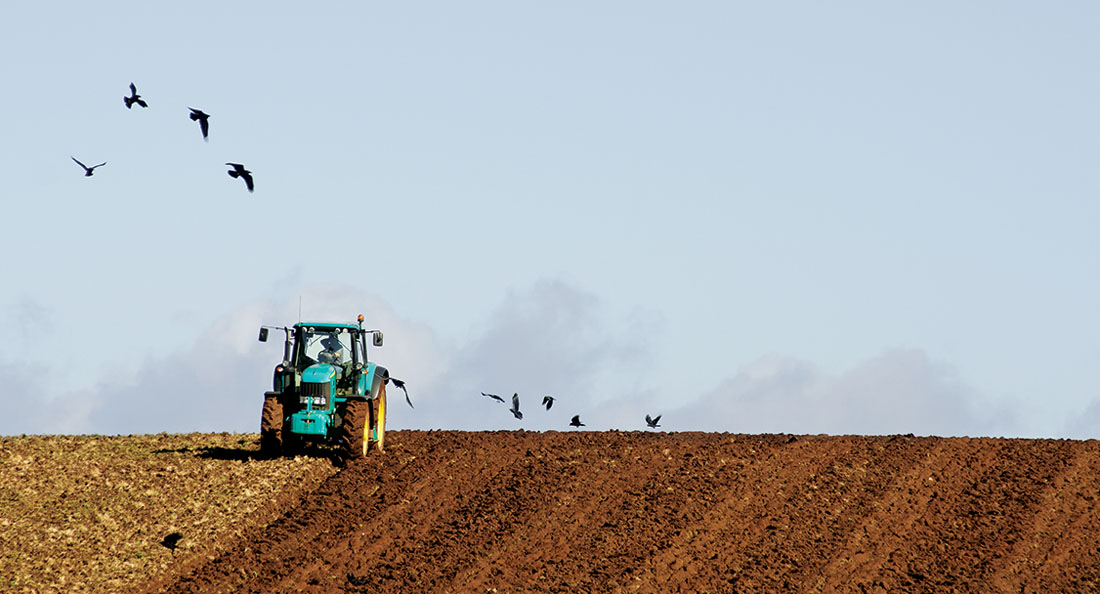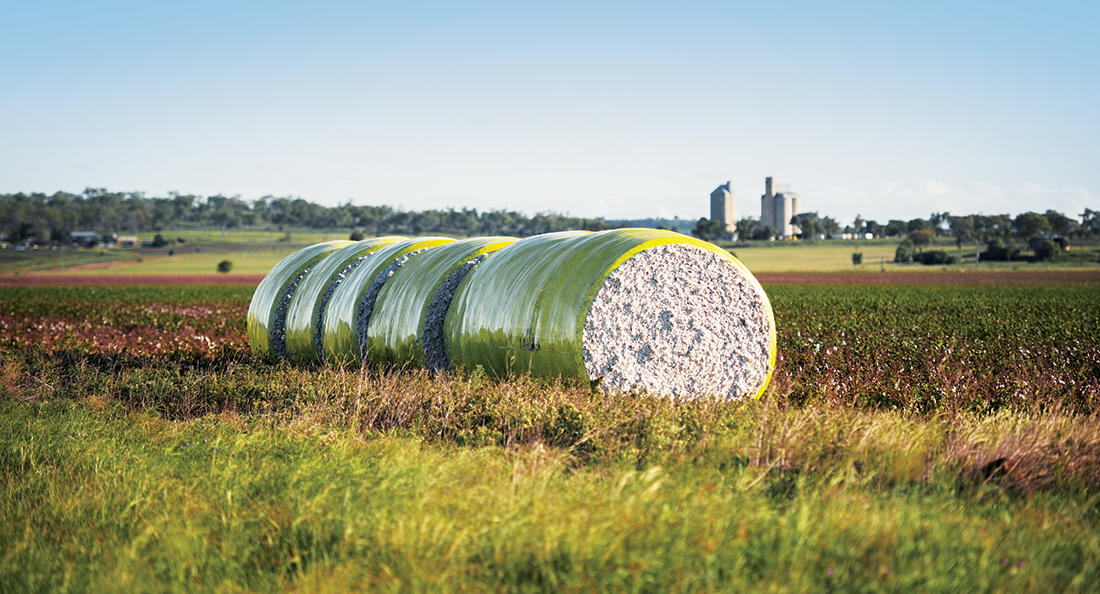As companies around the world contend with supply chain complications and lengthening lead times, Motion Australia is working closely with Strategic Supply Partners to offset challenges and maintain reliable stock holdings. While these impacts cannot be avoided entirely, informed forecasting based on customer advice can significantly minimise instances of stock-outs and help improve security of supply.
According to Mark Watson, Group Forecasting and Planning Manager for Motion Australia, supporting the agricultural sector’s demand for product leans on an open channel of communication that factors business growth, equipment use, and capacity for warehousing in the wake of recent import delays.
“In order to plan for seasonal crops, we’re having to place our purchase orders much earlier than usual,” he says. “The stock required for the 2023 broad acre harvest will have to be placed in November 2022 – five months earlier than in previous years. When we’re already working with the unpredictability of seasonal peaks and troughs, a lot rests on future expectations of the buyer, so that needs to be communicated with us clearly, ahead of time.”
“Whether buyers are thinking that we will be entering a better or worse than usual cycle, upgrading their machinery, or preparing to spend differently, that information is extremely valuable to our forecasting efforts,” he elaborates. “Even without explicit commitments, the more we have an idea, the more we are able to prepare our stock supply for the coming season.”
Employing that information, Motion Australia often works with customers to develop logistics and procurement plans, leveraging the trust established with supply partners to ease uncertainty from both sides.
“Similar to the stock market, supply chain planning is all about using historical patterns to juggle and traverse different levels of uncertainty,” says Mark. “The more data points we can get in the form of customer commentary, the more clarity we have on the overall picture. We know that it’s never going to be 100 per cent accurate, and that things change unexpectedly, but we all do better when it is collaborative.”
John Tawadros, Head of Distribution Sales at Schaeffler Australia, says that this ability to manage product allocation based on historical data positions Motion Australia well to continue meeting market demands, despite the increasing level of uncertainty.
“I have been liaising with Motion Australia as a distribution partner for about twenty years, and we very much see them as part of Schaeffler’s supply chain network. With ongoing dialogue with their planning teams, we are able to reduce the impact of supply chain challenges on the end customers.”
“We do this in a number of ways. We are not short-term planners, both of us look well into the future, utilising Motion Australia’s buying power and understanding of the market. The joint forecasting discussions that we do give us more accuracy, and the confidence to meet demand by organising stock appropriately.”
Motion Australia’s wide-reaching network of branches and distribution centres allows them to maintain a solid buffer of inventory on-shore, mitigating pain points when lead times blow out unexpectedly.
“Because Motion Australia imports directly from other countries, like those in Asia, North America and Europe, we have direct access to what’s happening around the world,” Mark explains. “We ourselves are managing a lot of those supply lines, so we have visibility on the movement of freight. This puts us in an informed position to liaise with our supply partners on managing delays or shortages.”
“In reality, Australia is a very small portion of world demand,” he continues. “How we react to a degrading lead time, for example, is extremely important. Working closely with our supply partners, finding the best way to navigate it together, is absolutely key. The longevity of those relationships means that we have leverage that can be used to benefit our customers.”
The group is currently focused on being able to balance the immediacy of day-to-day sales with forward-planning for larger accounts. With an active catalogue of close to half a million unique stock keeping units (SKUs), branch locations are keeping a close eye on region-specific demand for OEM and end-user products.
Mark Dixon, Executive General Manager of Supply Chain Logistics, posits that the network’s ability to supplement between locations with extreme efficiency has also assisted in avoiding catastrophic flow-on from both local and global disruptions.
“We have been able to use our global buying power to navigate complications such as lockdowns in various countries, increased volume demand, congested ports and shipping routes et cetera. It certainly makes it easier if our customers have confidence in their ordering, so we can consolidate shipments and minimise the logistical obstacles.”
“It helps having a strong relationship with suppliers and accurate forecasting so we can sit down with a supplier, draw up a six or twelve month plan, and then action it so they can plan and allocate stock with confidence that it will sell. That way we can avoid the stockpiling that clogs up warehouses, but have a firm grasp on how that stock will move over a certain period of time.”
Motion Australia invites all customers to engage closely with their local branch to improve visibility on future ordering requirements. Maintaining an open channel of communication with regards to purchasing intentions, view of the market trends, and plans to change or upgrade equipment can help to mitigate uncertainty on both sides of the relationship. The network’s sales representatives are well equipped to harness that feedback and work alongside the logistics team to ensure a successful season for the agriculture and manufacturing industries.




